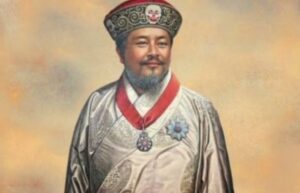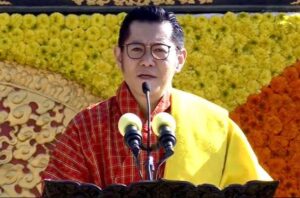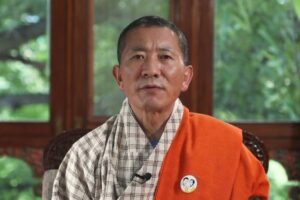Bhutan, a nation known for its unique approach to governance and its commitment to Gross National Happiness, does not have a presidential system of government.
Instead, Bhutan is a constitutional monarchy, where the King serves as the head of state and the Prime Minister as the head of government. Since Bhutan does not have a president, I’ll provide an overview of the country’s leadership structure and its notable leaders.
Bhutan transitioned from an absolute monarchy to a constitutional monarchy in 2008. The King of Bhutan, known as the Druk Gyalpo, has played a central role in the country’s governance, with the Prime Minister being the head of the government. Below is a table of the reigns of the Kings of Bhutan, who serve as the closest equivalent to a president in other countries.
READ ALSO: Presidents That Have Ruled Armenia Till Date
| King (Druk Gyalpo) | Reign | Notable Achievements |
|---|---|---|
| Ugyen Wangchuck | 1907 - 1926 | Unified Bhutan; established strong relations with British India. |
| Jigme Wangchuck | 1926 - 1952 | Continued modernization efforts; maintained stability. |
| Jigme Dorji Wangchuck | 1952 - 1972 | Initiated modernization; introduced democratic reforms. |
| Jigme Singye Wangchuck | 1972 - 2006 | Introduced Gross National Happiness; paved the way for democracy. |
| Jigme Khesar Namgyel Wangchuck | 2006 - Present | Oversaw Bhutan's transition to a constitutional monarchy; promoted global diplomatic relations. |
The First King of Bhutan:

Ugyen Wangchuck was the first King of Bhutan, serving from 1907 to 1926. He is credited with unifying the country and establishing it as a stable entity during a time of global and regional upheaval.
Notable Achievements:
- Ugyen Wangchuck played a critical role in unifying Bhutan, bringing together various regional leaders under a centralized monarchy.
- He established strong diplomatic relations with British India, which helped Bhutan maintain its independence during a time when many other regions were being colonized.
Downsides:
- The era in which Ugyen Wangchuck ruled was marked by limited infrastructure development, which left Bhutan relatively isolated from global advancements.
READ ALSO: Presidents That Have Ruled Palestine Till Date
The Current King of Bhutan:

Jigme Khesar Namgyel Wangchuck is the current King of Bhutan, having ascended the throne in 2006. Known as the “People’s King,” he has continued to lead the country with a focus on preserving its unique culture while embracing modernization.
Notable Achievements:
- King Jigme Khesar has overseen Bhutan’s peaceful transition from an absolute monarchy to a constitutional monarchy, ensuring that the people of Bhutan have a greater voice in governance.
- He has also been instrumental in promoting Bhutan’s global diplomatic relations, enhancing the country’s profile on the world stage.
Downsides:
- Balancing modernization with the preservation of Bhutan’s traditional values has been a challenge, with some criticism that economic development has not kept pace with other aspects of progress.
READ ALSO: Presidents That Have Ruled Laos Till Date
The Current Prime Minister of Bhutan

Lotay Tshering, who has been in office since 2018.
Notable Achievements:
- Lotay Tshering has focused on improving Bhutan’s healthcare system, reflecting his background as a surgeon before entering politics.
- He has also been a proponent of sustainable development, aligning with Bhutan’s philosophy of Gross National Happiness.
Downsides:
- Some of his economic policies have faced criticism for not delivering the expected growth, particularly in light of global economic challenges.
READ ALSO: Presidents That Have Ruled Turkey Till Date
Conclusion
While Bhutan does not have a presidential system, the leadership of its Kings and Prime Ministers has shaped the country’s unique path in the modern world.
From the unification efforts of Ugyen Wangchuck to the democratic reforms of Jigme Khesar Namgyel Wangchuck, Bhutan’s leaders have guided the nation through significant transitions while maintaining a strong cultural identity.
